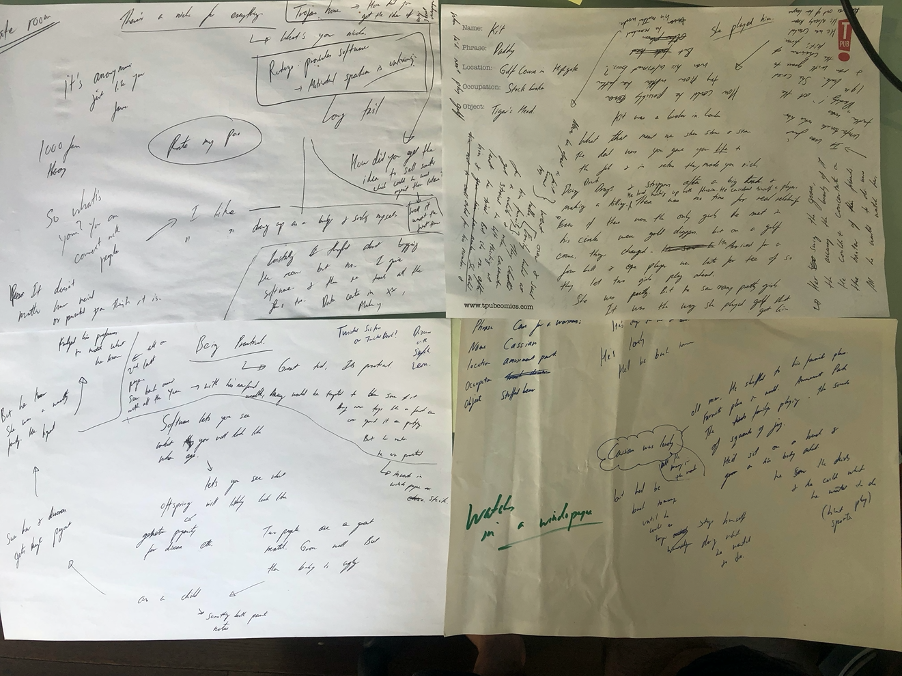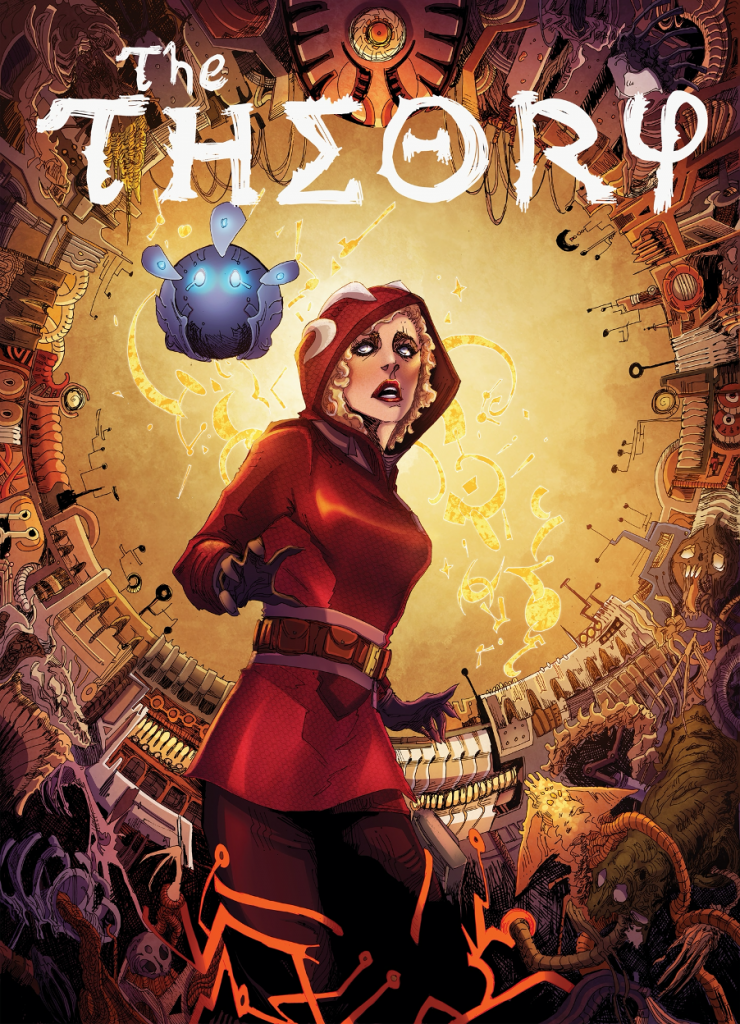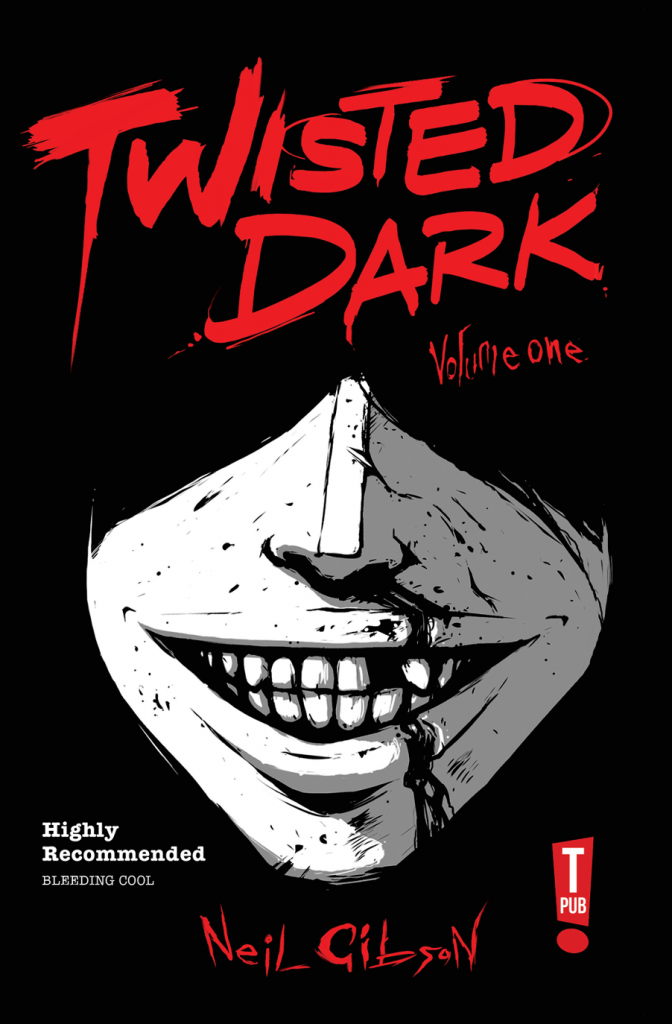Stories
How Do I Write?
Wow. This is a toughie.
How do I write?
I’ve not really been asked that question before, and it’s proving harder to answer than the very common ‘where do you get your ideas from’ question that almost all writers get asked. I think Neil Gaiman answered it best when he said ‘I make them up. In my head.’
‘Where do you get your ideas from? I make them up. In my head.’
An example where I didn’t make it up in my head, but was inspired.
Writing in stages
‘I almost always generate the story from one of three areas.’
Ideas are actually the easy part, but then you have to actually write the script. The writing process changes depending on which title I’m working on. For example, Theatrics was very different from Twisted Dark or say Twisted Sci-Fi (The Theory). Some stories seem to write themselves whilst others are a hard slog.
I think it typically comes in stages:

After that it moves into comic production, which is a whole different topic!
So let’s start at the beginning: the idea.
For me there are two routes – I use a different system if it’s a short story for the Twisted series of books, or if I’m doing a graphic novel. If I’m writing short stories, I almost always generate the story from one of three areas:
- An idea for an unexpected twist
- An interesting fact that I didn’t know about
- An unusual conversation that I find interesting
So to put it into context, examples for these three are:
- An idea for an unexpected twist
A man who has bad eyesight and finally has Lasik surgery to correct it, only to discover that having better eyesight is actually ruining his life. - An interesting fact that I didn’t know about
I was fascinated to learn that the most bombed country in the world is Laos. Laos! The CIA spent $2million a day bombing the country for almost 10 years, yet I never knew about it. This was clearly a basis for a story. - An unusual conversation that I find interesting
I read about cuckolding, where people want their partners to sleep with other people because it excites them. I’d never heard of this and wanted to know how a conversation would go when a husband asks his wife to sleep around. How would she react if this request came out of the blue?
Once I have the initial idea, I tend to use mind maps to help expand it. Here are some examples I found in the office:
Working on a premise
So those were three example stories I wrote for the Twisted Series: Twisted Dark, Twisted Fantasy and Twisted Sci-Fi (also known as The Theory). But if I’m writing a long story, then the idea really is the premise of the story. For example, I wrote a comic called Traitor a few years ago and this was the premise:
A pilot crashes in a remote farm during WWII. He wakes up with no memory of who he is but speaks fluent English and German and what he has in the aircraft will affect millions – he just needs to know which side he’s on.
I think this was a pretty good foundation and I built the story up around it with a few twists and turns. But it all comes down to the premise which is the root of the story. Good premises are harder to come up with than short stories (at least for me) because they have to inspire the whole story.
‘I never write an idea down. If I forget it, it probably wasn’t a good idea.’
Once I have the idea I try to write it down because if I don’t, I’ll forget it. Some writers like Brian K. Vaughan say that they never write ideas down and if they forget an idea, it probably wasn’t a good one. Well, that doesn’t work for me! If it’s not written down, it doesn’t exist.
I will usually email myself the idea, or write it in Evernote (a wonderful tool for capturing ideas that syncs with your computer). Evernote is a bit like a freezer for leftovers – you forget you have it in there, but see it so many times when you are looking for something else that you eventually throw it out because you find it dull. If I can, I try to flesh out a story quickly because otherwise the idea may just die.

Here is a shot of Evernote. On the far left you can see all the different notebooks I have for the different titles I’m working on. In the middle you can see the notes within a notebook (in this case Twisted Fantasy), and on the right you see the actual note. For this one, it is an idea for what I thought the architecture of the magical lands could look like.
Twisted Fantasy has been mostly written, but no artwork made yet. We did draw a map of the world though. This is the rough sketch (you can tell we’re not artists), but it’s showing how the different feudal regions map out to look like a hand.
I could go on and on about the writing process but there is a lot more to it:o much so that I built a course teaching it. Fancy taking part? If so, you’ll be pleased to know that part one is free! You can find out more here.
Finally, I will leave you with this reaction to one of my stories – enjoy!







